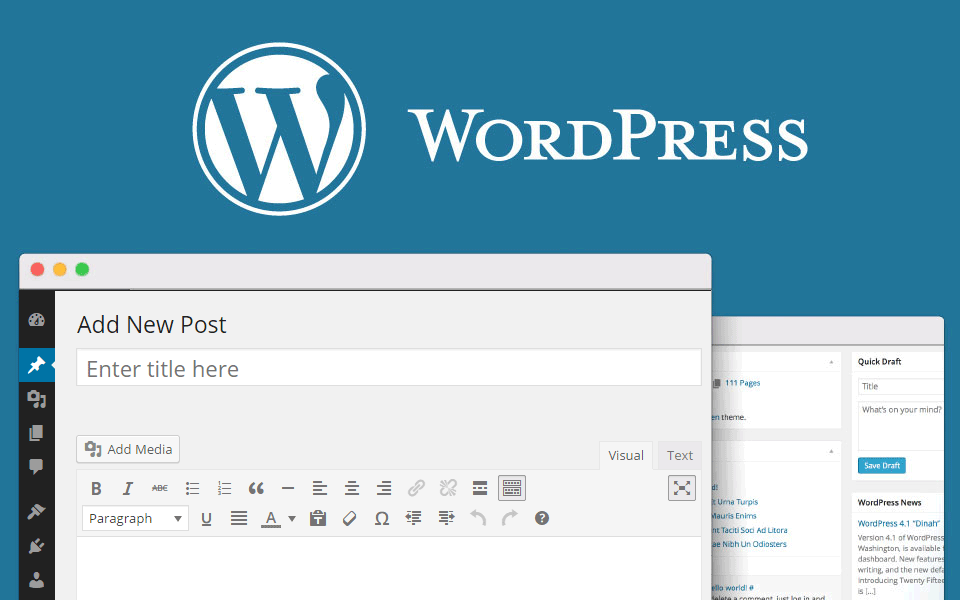Social media Integration with your WordPress site is crucial for boosting engagement, driving traffic, and enhancing your online presence.
Table of Contents
Social media integration with your WordPress site effectively can be enhanced by utilizing the right plugins and following best practices, especially when considering the hosting environment.
Here are some of the best plugins and practices for social media integration on WordPress:
Best Social Media Plugins for WordPress
- Jetpack
- Features: Social media integration sharing buttons, automatic social media posting, related posts, and site stats.
- Why Use It: It’s an all-in-one plugin by WordPress.com, making it reliable and feature-rich.
- Link: Jetpack
- Social Snap
- Features: Social sharing buttons, auto-posting to social networks, social login, and social meta tags.
- Why Use It: Highly customizable and includes analytics for tracking social media performance.
- Link: Social Snap
- Monarch by Elegant Themes
- Features: Social sharing buttons, social follow buttons, and a variety of display options.
- Why Use It: Beautiful design options and multiple display settings for a seamless user experience.
- Link: Monarch
- Revive Old Posts
- Features: Automatically shares old and new posts to social media accounts, customizable sharing schedule.
- Why Use It: Keeps your content alive by regularly sharing it on social media integration, driving continuous traffic.
- Link: Revive Old Posts
- Smash Balloon Social Photo Feed
- Features: Display customizable Instagram feeds, multiple feed layouts.
- Why Use It: Great for showcasing Instagram content directly on your WordPress site.
- Link: Smash Balloon Social Photo Feed
- Social Warfare
- Features: Social sharing buttons, custom tweetable quotes, Pinterest-specific image sharing.
- Why Use It: Offers fast loading and attractive sharing buttons, customizable for different platforms.
- Link: Social Warfare
Best Practices for Social Media Integration
- Choose the Right Platforms
- Focus on the social media platforms where your audience is most active. Not all platforms will be relevant for every business.
- Consistent Branding
- Ensure that your social media profiles and WordPress site have consistent branding, including logos, colors, and tone.
- Enable Social Sharing
- Add social sharing buttons to your posts and pages to make it easy for visitors to share your content. Place them strategically (e.g., at the beginning, end, or side of your content).
- Automate Social Sharing
- Use plugins like Revive Old Posts or Jetpack to automatically share new and old content on your social media profiles. This saves time and keeps your social media feeds active.
- Social Media Widgets
- Use widgets to display your social media feeds (e.g., Twitter, Instagram) on your WordPress site. This can increase engagement by showcasing your active social media presence.
- Optimize Images for Sharing
- Use plugins that allow you to set custom images and descriptions for social media sharing, ensuring that shared posts look attractive and relevant.
- Enable Social Logins
- Allow users to log in or register using their social media accounts. This can simplify the login process and increase user registrations.
- Monitor and Analyze Performance
- Use analytics tools provided by plugins like Social Snap to track which content performs best on social media. Adjust your strategy based on this data.
- Create Shareable Content
- Focus on creating high-quality, engaging, and shareable content. Visual content, infographics, and videos often perform well on social media.
- Engage with Your Audience
- Respond to comments, messages, and mentions on social media. Engaging with your audience builds community and loyalty.
Conclusion
Integrating social media with your WordPress site effectively involves choosing the right plugins and following best practices, especially in consideration of your hosting environment.
By optimizing for speed, enabling sharing and automation, and ensuring seamless integration with your hosting provider’s capabilities, you can enhance your site’s social media presence and drive more engagement.
For further information, consider visiting the official plugin pages and your hosting provider’s support resources to ensure compatibility and optimal performance.




